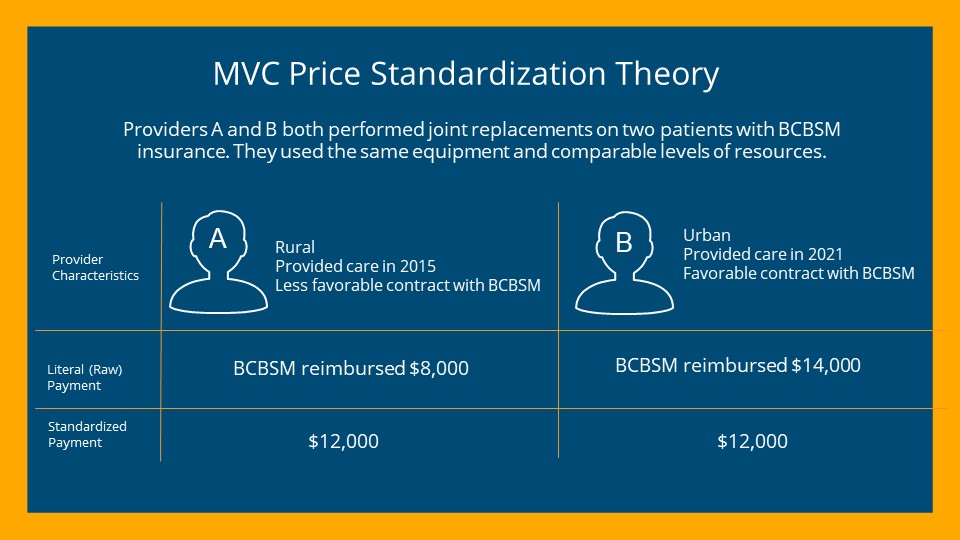In medical terminology, MVC stands for Motor Vehicle Collision. This term is commonly used in healthcare settings to describe accidents involving cars, trucks, motorcycles, and other motorized vehicles. When a patient is involved in an MVC, medical professionals typically focus on assessing the extent of injuries, determining immediate care needs, and addressing both short-term and long-term recovery. MVCs are a significant cause of injury and can range from minor incidents to life-threatening situations.
Understanding MVC in Healthcare
Motor Vehicle Collision Defined
A Motor Vehicle Collision (MVC) refers to any accident where one or more motorized vehicles are involved in a crash. These incidents can include vehicle-to-vehicle collisions, single-car accidents, or vehicle-pedestrian encounters. In medical contexts, MVC is used to identify the type of event that led to the injuries a patient presents with in emergency rooms or trauma centers.
MVCs are a leading cause of trauma-related injuries that healthcare providers encounter. Medical professionals use the term to quickly classify and communicate the nature of the patient’s accident, which helps in prioritizing care and implementing appropriate treatments.
Common Injuries from MVCs
MVCs can result in a wide range of injuries depending on the severity of the accident. Some of the most common injuries include:
- Whiplash: This is a neck injury caused by the rapid back-and-forth movement of the head during a collision. It’s common in rear-end crashes and can lead to neck pain, stiffness, and headaches.
- Fractures and Broken Bones: Motor vehicle collisions often result in broken bones, particularly in the arms, legs, ribs, and pelvis, depending on the impact of the crash.
- Head Injuries: Traumatic brain injuries (TBI), concussions, and skull fractures can occur when the head hits a hard surface during the collision.
- Spinal Cord Injuries: Severe MVCs can lead to damage to the spine, which may result in temporary or permanent paralysis, depending on the injury’s location and severity.
- Internal Injuries: The force of a collision can also cause internal bleeding and damage to organs such as the liver, lungs, and spleen.
Medical professionals must be prepared to address a wide variety of potential injuries after an MVC, and immediate assessment is crucial to determining the best course of action for patient care.
Medical Response to an MVC
Initial Assessment and Emergency Care
When a patient is brought to the hospital following an MVC, healthcare teams prioritize rapid assessment to determine the extent of injuries. The Advanced Trauma Life Support (ATLS) protocol is often followed in emergency situations, which focuses on:
- Airway: Ensuring the patient can breathe or providing respiratory support if needed.
- Breathing: Assessing for any breathing difficulties caused by rib fractures, collapsed lungs, or other injuries.
- Circulation: Checking for internal or external bleeding that could affect blood pressure or lead to shock.
- Disability: Assessing neurological function to determine the impact of head injuries or spinal cord damage.
- Exposure: Removing clothing to examine the full extent of injuries.
These steps ensure that life-threatening injuries are addressed quickly, especially in cases where a patient is unresponsive or has severe trauma.
Long-Term Care and Rehabilitation
After the initial emergency treatment, patients injured in an MVC may require long-term care and rehabilitation. Depending on the severity of their injuries, they may need:
- Physical therapy to recover mobility after fractures or spinal cord injuries.
- Occupational therapy to regain skills for daily living activities if their injury has caused a loss of function.
- Pain management for chronic pain resulting from whiplash or other lingering injuries.
- Psychological support for emotional or mental health issues like post-traumatic stress disorder (PTSD) that can develop after a serious accident.
The goal of long-term care is to help patients recover as fully as possible and manage any lasting effects from the accident.
